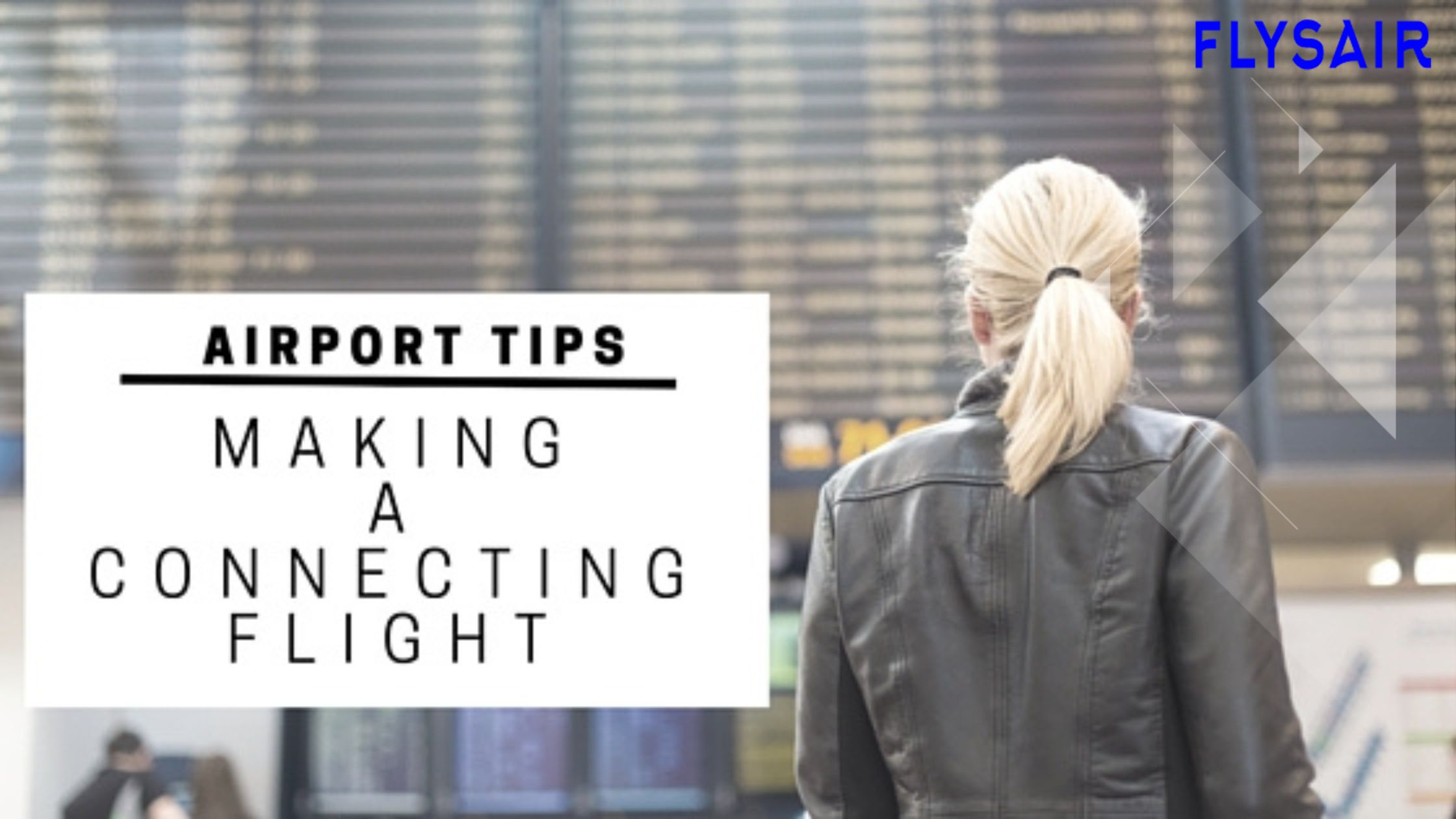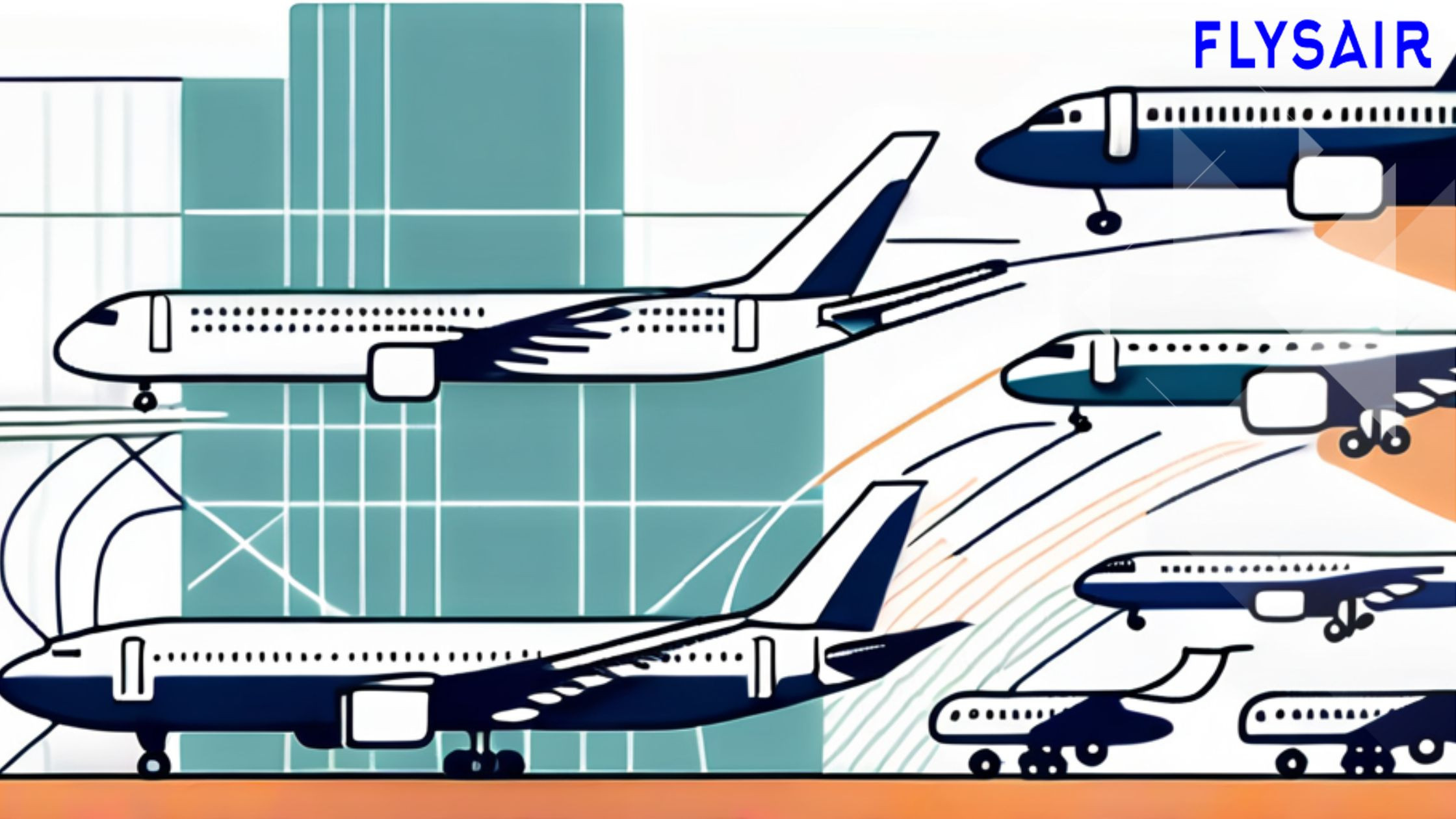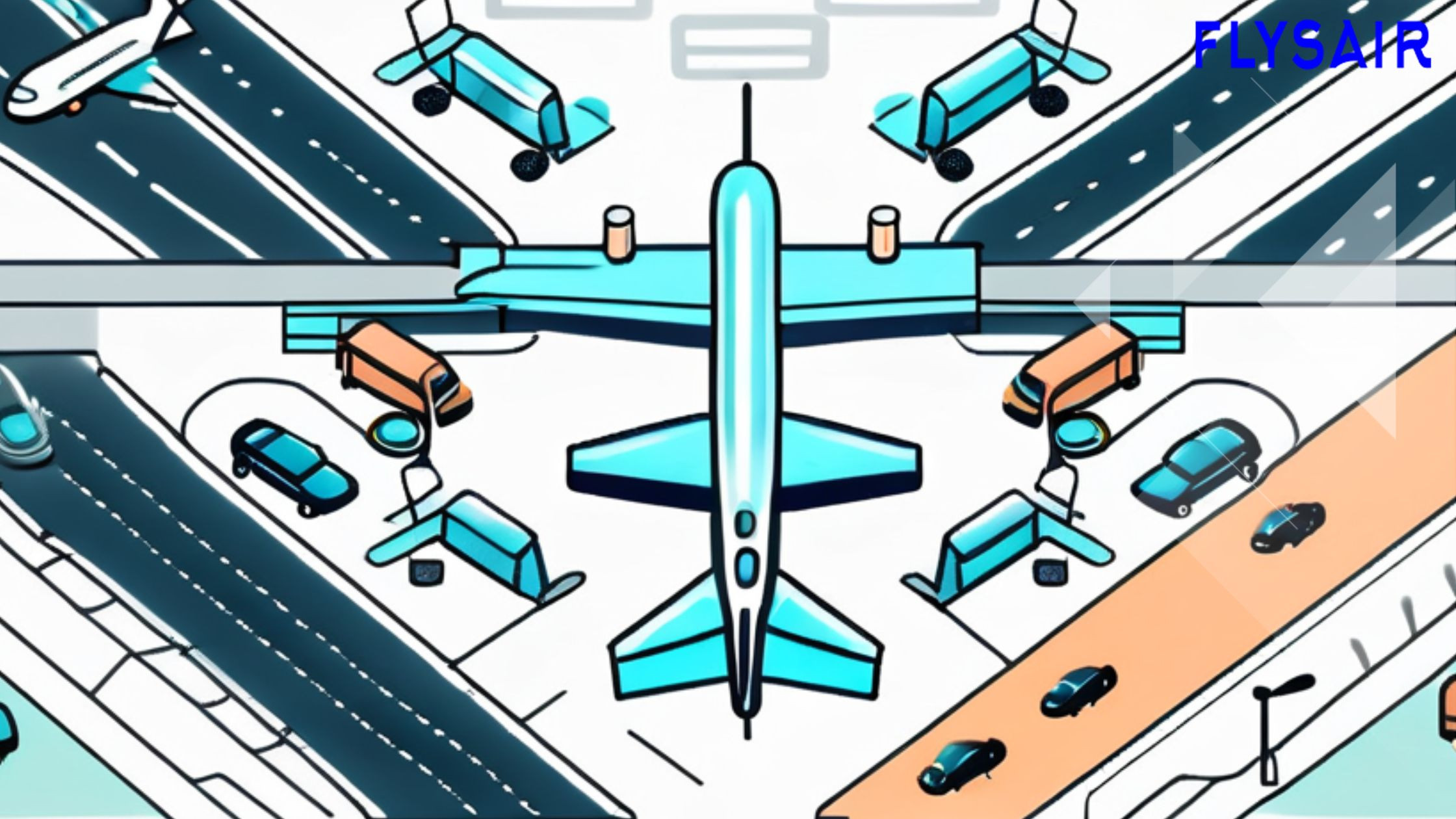How to Navigate Connecting Flights: Tips for a Smooth Transfer
Posted on June 28, 2024 by Admin

How to Navigate Connecting Flights: Tips for a Smooth Transfer
Navigating connecting flights can be a stressful experience, especially if you're not familiar with the process or if your layover time is short. However, with careful planning and a few insider tips, you can ensure a smooth and seamless transfer from one flight to another. In this guide, we'll explore everything you need to know about navigating connecting flights and offer practical advice to make your journey as stress-free as possible.

Tips for a Smooth Transfer
1. Check Your Itinerary Thoroughly
Before you embark on your journey, review your itinerary in detail. Note down your connecting flights, including departure and arrival gates, and the time between flights. This information will be crucial for planning your transit through the airport.
2. Allow Adequate Connecting Time
One of the most critical aspects of navigating connecting flights is allowing enough time between flights. Airlines usually provide a minimum connecting time guideline based on the airport and terminal layout. It's advisable to follow these guidelines or even allow extra time, especially if you're unfamiliar with the airport.
3. Stick with One Airline or Alliance
Whenever possible, book your entire journey with one airline or within the same airline alliance. Airlines within the same alliance often have agreements that facilitate smoother transfers, including coordinated schedules and dedicated transfer services.

4. Pack Essentials in Your Carry-On
In case of unexpected delays or tight connections, pack essential items such as medications, a change of clothes, toiletries, and important documents (passport, boarding passes) in your carry-on bag. This ensures you have everything you need if your checked luggage doesn't make the connection.
5. Familiarize Yourself with the Airport Layout
Before your trip, take some time to familiarize yourself with the layout of the airport where you'll be connecting. Major airports often have multiple terminals connected by shuttle buses, trains, or walkways. Knowing the layout can save you valuable time and prevent confusion during your transfer.
Must Read : Airlines with the Lowest Cancellation Rate
6. Utilize Airport Facilities Wisely
During your layover, take advantage of airport facilities such as lounges, restaurants, and shops. Lounges provide a comfortable space to relax, access Wi-Fi, and enjoy complimentary snacks and beverages. Eating at the airport can also save time during a short connection.
7. Stay Informed with Flight Updates
Keep yourself updated with any changes to your flight schedule. Monitor flight information displays, check your airline's mobile app, or listen for announcements regarding gate changes, delays, or other relevant information that may affect your transfer.
8. Follow Airport Signs and Instructions
Airports are well-marked with signs directing passengers to connecting flights, baggage claim areas, and other facilities. Pay close attention to these signs and follow instructions from airport staff if you're unsure about where to go or need assistance.
9. Plan for Immigration and Security Checks
If your connecting flight involves passing through immigration and security checkpoints, factor in additional time for these procedures. Some airports have expedited lanes for connecting passengers, but it's always prudent to be prepared for potential queues.
10. Remain Calm and Patient
Despite careful planning, delays or unexpected situations may occur. Stay calm, patient, and flexible throughout the transfer process. Keeping a positive attitude will help you navigate any challenges that arise more effectively.
Must Read : Airlines with the Lowest Cancellation Rate
Faqs
-
1. What are connecting flights?
Connecting flights involve traveling from one destination to another with a layover at an intermediate airport. Passengers typically switch aircraft or airlines to reach their final destination.
-
2. How much time should I allow between connecting flights?
The recommended connecting time varies depending on the airport and airline. It's advisable to check with your airline for their minimum connecting time guidelines and consider factors such as airport size, terminal distance, and immigration procedures.
-
3. What should I do if I miss my connecting flight?
If you miss your connecting flight due to a delay or other reasons, immediately contact your airline's customer service or visit their service desk at the airport. They can assist you in rebooking your flight and making alternative travel arrangements.
-
4. Will my luggage be automatically transferred to my connecting flight?
If you booked your entire journey on a single ticket with the same airline or within the same alliance, your luggage is usually transferred automatically to your connecting flight. However, confirm this with the airline at check-in to avoid any issues.
-
5. Can I leave the airport during a long layover?
Whether you can leave the airport during a long layover depends on several factors, including visa requirements and the duration of your layover. Always check with immigration authorities and your airline before leaving the airport premises.
Recent Post
- Singapore Airlines: Tips for Booking the Best Seats in Economy Class
- The World’s Busiest Airports: Managing High Passenger Volumes
- How Airlines are Enhancing Passenger Experience with Technology
- The Impact of Low-Cost Airlines on the Aviation Industry
- Top 10 Airlines for Customer Service in 2024
- British Airways: Navigating Avios Points for Free Flights
- The Unique Features of Air France’s Premium Economy Class
- The Best Airlines for Group Travel: Discounts and Services
- Tips for Traveling with Disabilities: Airline Policies and Support Services
- How to Upgrade Your Seat Without Breaking the Bank